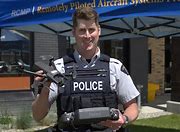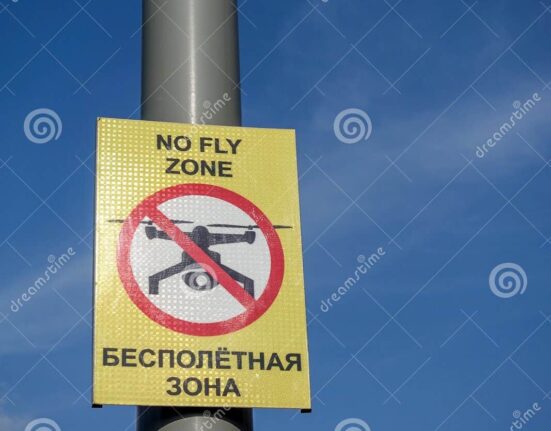The upcoming G7 Leaders’ Summit in Alberta is not just a gathering of world leaders; it’s a security challenge that the Royal Canadian Mounted Police (RCMP) is taking very seriously. With air restrictions planned for key areas during the event, officials are leaving no stone unturned to ensure the safety and privacy of the summit.
Sgt. Mark Basanta from RCMP Protective Operations emphasized the gravity of the situation by stating,
“The no-fly zones will be rigorously enforced to safeguard both the Calgary International Airport and Kananaskis, where the leaders will convene.”
The proactive measures include establishing a 30 nautical mile radius at Kananaskis Village and a 20 nautical mile zone around the airport.
The airspace restrictions are scheduled to come into effect from 6 a.m. on June 14th until 11:59 p.m. on June 17th, coinciding with the duration of the summit. Any unauthorized intrusion into these restricted zones will be met with swift and decisive action by law enforcement or military aircraft, including potential interception or even shooting down if necessary as a last resort.
Sgt. Basanta explained,
“Shooting is an extreme measure, but yeah, we have the capability to take them down.”
He further added that efforts would be made to communicate with any stray aircraft or drones before resorting to such drastic actions.
“Our hope is if they’re heading towards it, there will be a broadcast over their frequency and basically they’ll be told to change their heading,”
he stated reassuringly.
Moreover, Canada’s hosting responsibilities carry immense weight as dignitaries from major global powers like the United States, France, Germany, Japan, UK, Italy and representatives from EU nations gather for high-level discussions during this period. The importance of maintaining secure airspace cannot be emphasized enough during such critical diplomatic engagements.
One significant concern highlighted by Sgt. Basanta is related to drones – their widespread use poses new challenges in ensuring airspace integrity. To address this issue effectively in Kananaskis region specifically designated counter-drone teams will be deployed to monitor and deter any unauthorized drone activities during the summit.
Basanta underlined this point by saying that although many drone enthusiasts may operate within legal boundaries usually without incident – there remains potential risks posed by rogue drones straying into restricted airspaces inadvertently or intentionally causing disruptions endangering both aerial traffic safety and security protocols set in place.
Reflecting on past incidents like one in January where an errant drone crashed into a firefighting water bomber plane in Quebec after operating illegally reignites concerns about preventing similar mishaps especially near sensitive locations like summit venues which could have disastrous consequences if not handled promptly and efficiently.
In conclusion:
– Stringent security measures are being implemented.
– Prompt communication with intruding aircraft is prioritized.
– Drones present unique challenges requiring specialized responses.
– Historical incidents underscore potential dangers posed by reckless aviation practices.
– Ensuring airspace safety remains paramount throughout high-profile events like G7 summits.
This detailed plan underscores how crucial it is for authorities to remain vigilant
and prepared at all times when handling sophisticated air defense operations amidst international gatherings of such magnitude as witnessed during G7 Leaders’ Summits.









Leave feedback about this